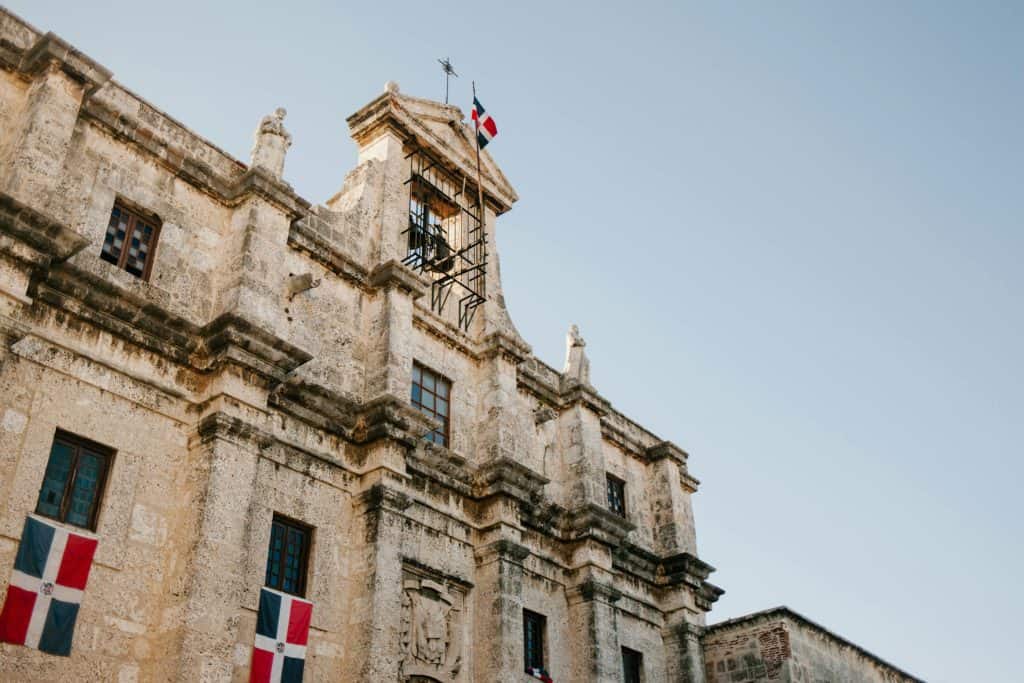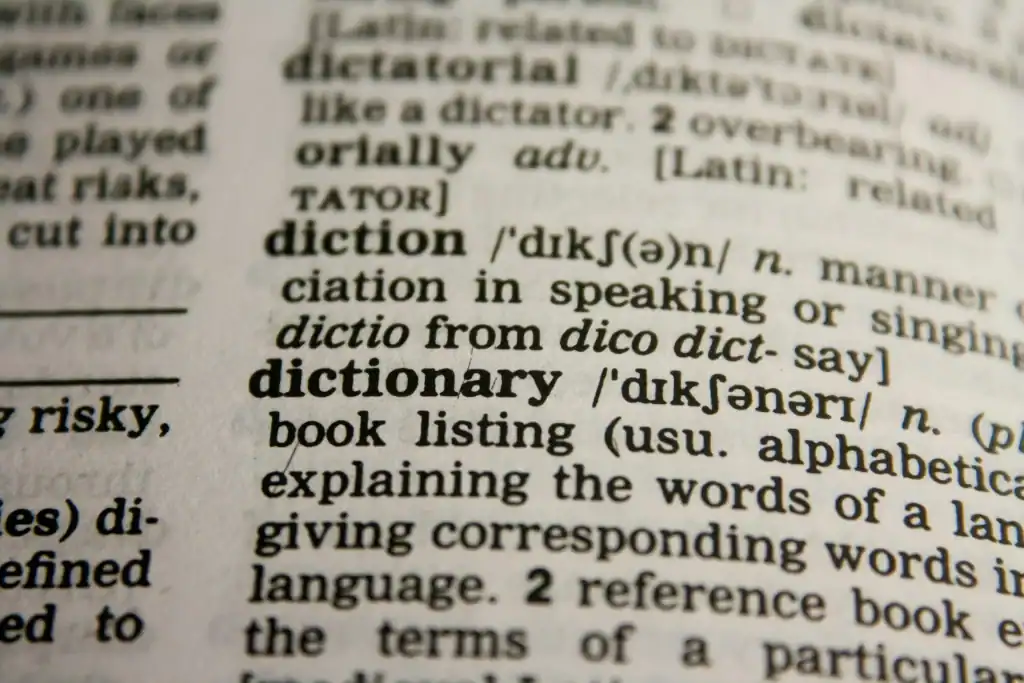I still remember the first time my tripod clicked open on the cobblestones of Cartagena’s Plaza de los Coches. The golden hour had just dissolved into that indigo wash photographers fantasize about, and I was aiming for a silky capture of the Cathedral’s bell tower. Out of nowhere, a friendly but stern officer tapped my shoulder, asking, “¿Tiene permiso para fotografiar aquí de noche?” I froze—more from language anxiety than fear of a fine. That mini heart attack launched a decade-long obsession with mastering the Spanish Vocabulary needed to navigate camera permits, low-light techniques, and the cultural quirks that hover around every shutter click in Colombia and the Dominican Republic.
When the Policía Nacional Becomes Your First Photography Critic
Understanding Official Curiosity
In Colombia, uniformed curiosity isn’t always about enforcing rules; sometimes the cop just wants to know if you’re shooting for Netflix or National Geographic. Still, you’ll need to show you belong. Saying “Estoy practicando fotografía callejera” (I’m practicing street photography) works, but if the officer senses business potential, you’ll be asked for a permiso. In the DR the question morphs into “¿Esa cámara es para uso personal o comercial?” Try replying, “Solo soy aficionado, pero tengo mi carné de prensa freelance por si acaso,” which tells them you’re amateur yet organized.
The Accent that Opens Gates
Colombians soften consonants; Dominicans swallow them. Knowing that difference turns a tense permit chat into a friendly language exchange. When a Dominican guard asks “¿Uhté va a montar eseh trípoh aquí?”, the clipped uh-té for usted signals you’re in Santo Domingo. Mirror his rhythm and answer, “Sí, manín, pero sólo unos minutos.” The regional slang **manín** (DR) immediately lowers barriers, a real-world demonstration of strategic Spanish Vocabulary use.
Framing the Night: Cultural Nuances Behind Long Exposures
La Hora Azul vs. El Moriviví
In photo circles we celebrate “blue hour,” but Colombians poetically call it la hora azul, while Dominicans have an even quirkier term—el moriviví, named after a plant that folds at dusk. Locals love when you sprinkle such words into conversation: “Estoy esperando el moriviví para capturar la avenida Malecón,” earns you nods and sometimes a free coco frío. A single phrase from your expanding Spanish Vocabulary can unlock unexpected hospitality.
Streetlight Ballet and Power Outages
Medellín’s LED streetlights cast a cool hue, perfect for urban night panoramas. Santo Domingo’s Colonial Zone, on the other hand, occasionally plunges into blackouts. Instead of groaning, Dominicans chuckle, “Se fue la luz, pero la luna está heavy.” That adjective **heavy**—borrowed from English but completely Dominican—means ‘cool.’ I learned to pack a lantern not just for practical reasons but to show locals I “entiendo la vaina,” the vibe. Vocabulary elevates survival Spanish to cultural empathy.
Permits, Paperwork, and the Poetry of Bureaucracy
Decoding the Institutional Alphabet Soup
Colombia loves acronyms: UAESP for Bogotá’s public spaces, ICANH for heritage sites. The DR counters with DNCD (the narcotics agency) or MITUR (tourism ministry). If you plan a dawn shoot at Tayrona National Park, drop this line: “Tengo una autorización de ICANH para material fotográfico sin fines comerciales.” Your Spanish Vocabulary—sprinkled with agency names—signals you’ve done your homework. In Santo Domingo, wave a stamped letter and say, “El MITUR me autorizó para documentar patrimonio,” and watch doors swing open.
The Smile Strategy
A genuine grin lubricates Latino bureaucracies better than any primer. Pair it with courtesy titles: “Licenciado,” “Ingeniera,” or “Doña.” In Dominican offices, I’ve charmed clerks by remarking, “Este pabellón tiene un aire victoriano, ¿verdad?” You flatter their heritage, they stamp your permit. Colombian officials melt when you toss the respectful “¿Sería tan amable de revisarme este formulario?”—an essential gem in your Spanish Vocabulary arsenal.
Spanish Vocabulary Table for the Traveling Photographer
| Spanish | English | Usage Tip |
|---|---|---|
| Permiso | Permit | Pronounce the rolling “r” softly in Colombia, almost skipped in DR. |
| Lente | Lens | Say “el lente” not “la lente” in most of Latin America. |
| Trípode | Tripod | Dominicans may shorten to “trípo.” |
| Contraluz | Backlight | Useful when explaining artistic intent to guards. |
| Desenfoque | Bokeh/Blur | Impress enthusiasts by mentioning “desenfoque cremoso.” |
| Larga exposición | Long exposure | Pair with “ruido” (noise) for night-shoot discussions. |
| Carné | ID card | Carry a laminated copy of press credentials. |
| Clavija | Plug/Adapter | Colombians say “enchufe” too; DR sticks to “clavija.” |
An Example Conversation Outside Medellín’s Parque Explora
Guardia (Colombia): Buenas noches, ¿su cámara es para trabajo o hobby?
Good evening, is your camera for work or hobby?
James: Más que todo hobby, pero siempre termino vendiendo alguna foto.
Mostly a hobby, but I always end up selling a shot or two.
Guardia: ¿Trae un permiso de la alcaldía?
Do you have a permit from the mayor’s office?
James: Sí, aquí lo tengo impreso y también en PDF, por si necesita verlo.
Yes, I have it printed here and also in PDF in case you need to see it.
Guardia: Perfecto. ¿Va a usar trípode?
Perfect. Are you going to use a tripod?
James: Sólo unos minutos durante la hora azul para evitar el **ruido**.
Just a few minutes during blue hour to avoid noise.
Guardia: Listo, bacano. Quedo atento.
All right, cool. I’ll keep an eye out.
(“Bacano” is Colombian slang equal to “chévere” in DR)
James: Gracias, parcero. Le paso una foto luego.
Thanks, buddy. I’ll send you a photo later.
Reflective Advice from Ten Years Between Quisqueya and La Tierra del Café
Jumping between Santo Domingo’s merengue pulse and Medellín’s mountain breeze has tuned my ear more sharply than any textbook. I learned that language mastery isn’t only about vocabulary breadth; it’s about cultural depth. When you quote a Dominican poet—“La noche es un merengue sin tambora”—while adjusting your ISO, or tell a Colombian abuela that the Andes feel “como un lente gran angular,” you transcend tourist status. Your Spanish Vocabulary becomes a passport stamped with nuance.
So, pack those neutral-density filters, but also pack idioms like “estar en olla” (to be broke, DR) and “qué nota” (how awesome, Colombia). Both countries will challenge your tongue with their distinct musicality, but the reward is a linguistic image as rich as any midnight skyline. I invite you to drop a comment with cross-country phrases you’ve picked up, or the moment a single word saved your photographic mission. After all, nothing sharpens focus like switching between Caribbean slang and Andean courtesy in the space of one flight.
Hasta la próxima toma nocturna, mis aventureros del obturador.


